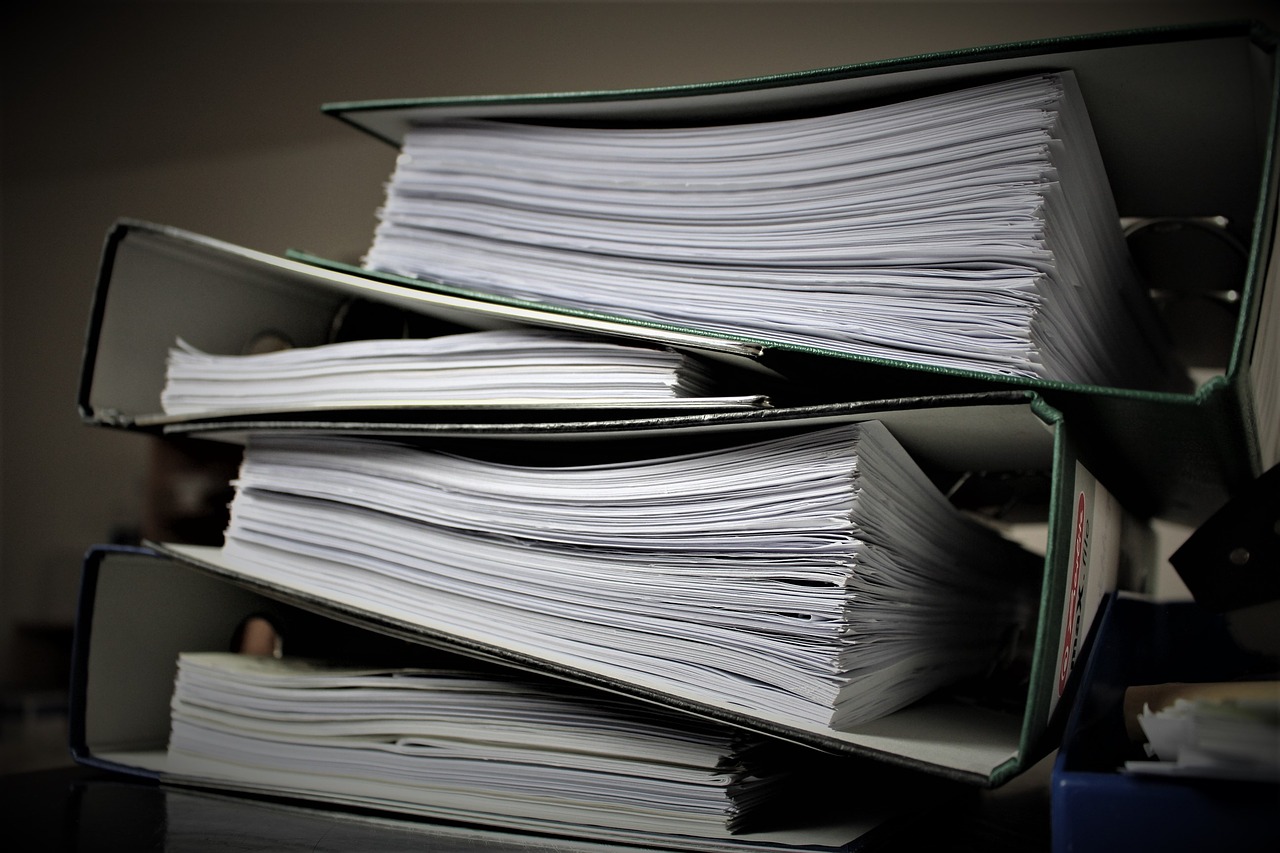

The offers that appear on LoanStart.com are from companies from which LoanStart.com receives compensation. This compensation may impact how and where (including the order in which) offers are presented to consumers. LoanStart.com does not make loan offers but instead pairs potential borrowers with lenders and lending partners. We are not a lender, do not make credit decisions, broker loans, or make short-term cash loans. We also do not charge fees to potential borrowers for our services and do not represent or endorse any particular participating lender or lending partner, service, or product. Submitting a request allows us to refer you to third-party lenders and lending partners and does not constitute approval for a loan. What you may be presented is not inclusive of all lenders/loan products and not all lenders will be able to make you an offer for a loan.
Published at January 25, 2018 by Ana-Maria Sanders

Every April, millions of Americans stress out about their taxes. To reduce stress, many turn to accountants and tax preparation services. When the ensuing mushroom cloud of paperwork settles down, sometimes the numbers show that a refund isn’t in the cards and money is owed to Uncle Sam. That leads many to reach out for help. Below we look into the pros and cons of using a personal loan to pay your taxes.
Using personal loans to pay your 2017 taxes won’t help you on 2018’s taxes because in most cases, you cannot deduct the interest on personal loans. Yet interest on some types of personal loans can be deducted from your taxes. Interest paid on personal loans on vehicles used for business or personal loans used to finance business expenses is tax deductible. In addition, interest paid on mortgages is deductible, but most people don’t use personal loans to purchase real estate.
Since interest on personal loans for paying off your taxes is generally not tax deductible, using this type of funding to pay your taxes won’t benefit you on next year’s taxes. So is there any benefit to taking out a loan to pay your taxes?
If your wallet and bank account are slim, but you need to pay your taxes, a personal loan is one good option. Before taking out a loan, you should learn what the interest rate will be and compare that to the interest you would pay the IRS. Also, you should figure out the monthly payments on the loan to see if you can afford them. Additionally, if taking out a personal loan online will help you avoid a tax lien, it might be a wise choice. It is certainly a better idea than not paying your taxes and having your property seized by the IRS.

Tuesday, April 17 is the deadline for filing your 2017 taxes. Yet even though the date is nearly the same each year, it still creeps up on some people. A number of Americans end up not paying their taxes on time. Some don’t pay their taxes at all. Both groups face penalties from the IRS.
Below are 8 important things to know about IRS penalties for late and unpaid taxes:
In some cases, the IRS offers special penalty relief depending on a tax filer’s circumstances. This is especially true if you suffered a natural disaster such as a wildfire, tornado or hurricane.

How do the IRS penalties compare to the average interest associated with personal loans? As stated above, not paying your taxes on time (or not at all) could result in you paying as much as 25 percent of the amount of the taxes you owe. If you owe $1,000, that could be as much as $250 extra. Thankfully, it may be possible to find a personal loan for taxes that can save you money.
Since the IRS charges you interest on unpaid or late taxes, if you are considering a personal loan, doing it sooner will save you from paying interest to both the lender and the IRS. You can request a loan through LoanStart for as much as $40,000. The actual interest rate you receive depends on your credit score, credit history, and the lender’s terms.
For decades now, tax return loans have allowed Americans to get their tax refund now rather than waiting.
Let’s take a look at Refund Anticipation Loans, explore the IRS penalties for not paying your taxes, and show how a tax refund loan might be able to benefit you.
In 1985, an accountant in Virginia Beach, VA had an idea. Ronald Smith, of Action Accounting & Taxes, advertised “Loans On Tax Refunds,” a service that allowed tax filers to get a Refund Advance Loan (also a Refund Anticipation Loan or RAL). The service, the only service of its kind in the entire country, quickly became popular in the Virginia Beach and Hampton Roads area. Smith went on to make millions of dollars offering tax refund loans.
Around the same time that Smith’s Action Accounting & Taxes advertised this new service, only a mile away, John Hewitt purchased a local tax service. In 1988, Hewitt also began offering tax refund loans, building a nationwide franchise (Jackson Hewitt Tax Service) based on Smith’s original idea.
The following year (1989), H & R Block added RALs, doubling its business making tax refund loans into a billion dollar industry. The IRS’ 1990 introduction of e-filing made tax refund loans even quicker and easier, spreading this service to even more businesses across the nation. Before e-filing, tax filers had to wait two to three months to get their refunds from the IRS. The promise of getting tax refunds within a few days is one of the main reasons why the service spread so rapidly.
Over the next few years, thousands of tax firms and accountants entered the refund anticipation loan business. RALs have become commonplace, and in 2004, 12 million American taxpayers used refund anticipation loans.
One of the main benefits of a tax refund loan is not needing to wait for your tax refund. In most cases, you can have the money as soon as the next business day. Otherwise, taxpayers must wait as long two to three weeks for their tax refund. Basically, here’s how these tax return loans work:
As you can see, this is very different than taking out a loan to pay your taxes. You will likely have more time to pay off a personal loan than you would a tax refund loan. These short-term tax refund loans are meant to be paid off within a few weeks, the anticipated amount of time it will take for the borrower to receive their tax refund from the IRS.

As a consumer considering a tax return loan, you should be aware of your rights as well as your loan provider’s responsibilities. These loans are an agreement between you and the lender or tax service and do not involve the IRS. To protect consumers who take out an RAL, the IRS requires loan providers to adhere to certain rules. Providers must:
In light of all of the above, the IRS and the Department of the Treasury make no guarantees that tax refunds will be deposited within a certain timeframe. The Treasury does not even guarantee that your entire refund will be deposited at the same time. This means that if you take out a tax return loan and your funds don’t arrive on time resulting in additional fees, the IRS is not responsible.
Not paying your taxes on time (or not at all) results in financial penalties. When tax times rolls around, there is no need to stress out. If you expect to get a tax refund and need it now to pay off bills, repair your vehicle or start a home improvement project, a Refund Anticipation Loan let’s get your cash now without having to wait for the IRS.
If you are not receiving a refund and need money to pay your 2017 taxes, we can help you get started today and request a personal loan.